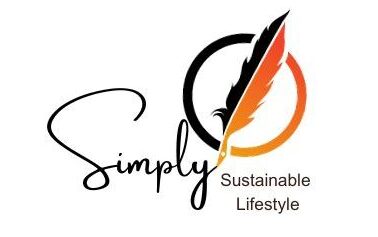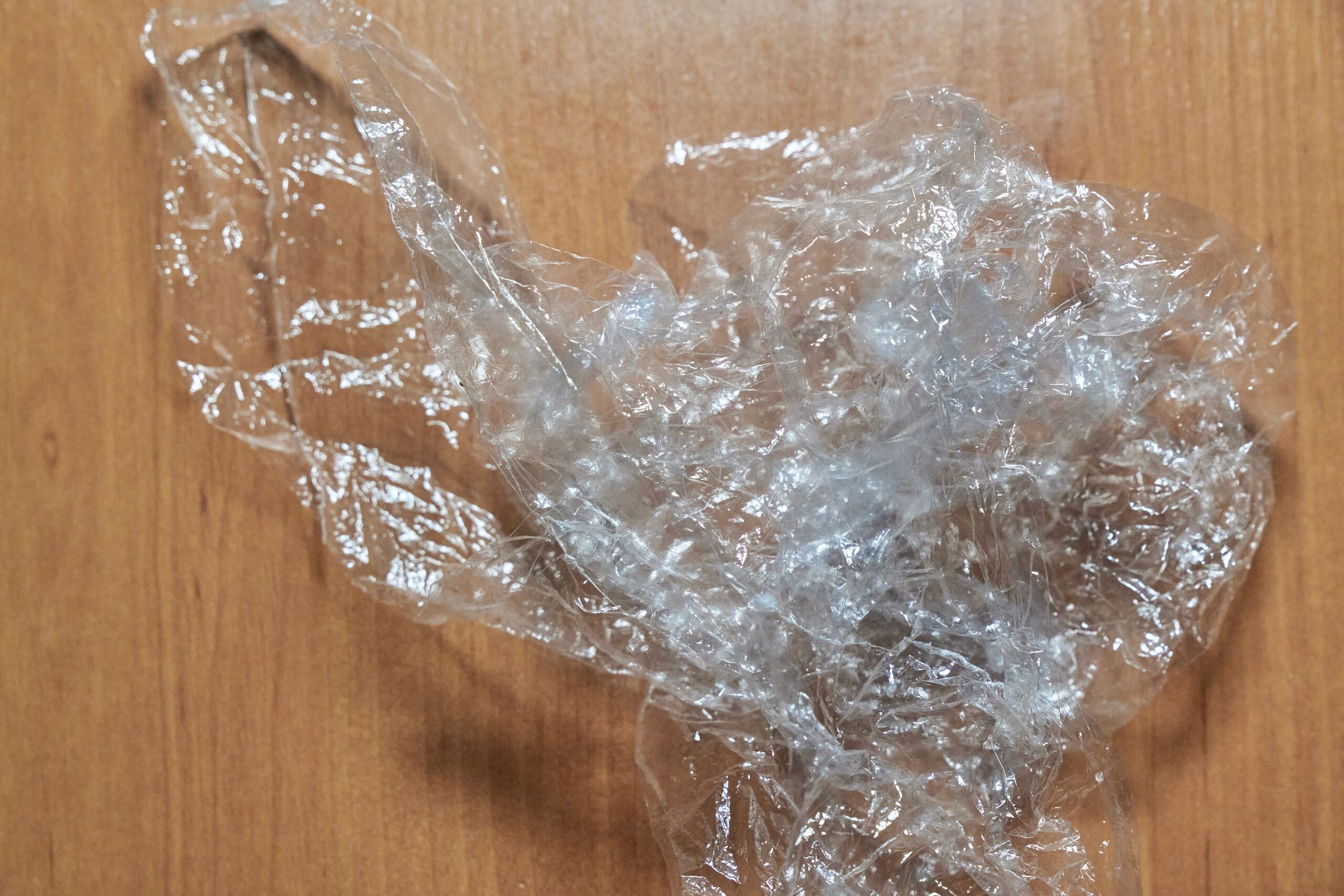 The Environmental and Health Pitfalls of Plastic Wrap
The Environmental and Health Pitfalls of Plastic Wrap
A brief history of plastic wrap’s presence in food preservation since 1949
- Plastic wrap has been a staple for preserving and transporting food since its commercial creation in 1949.
The alarming statistics of plastic wrap usage and waste generation
- However, its convenience comes at a significant environmental cost. In 2019, 5.3 million Americans used 10 or more rolls of plastic wrap, contributing to the staggering waste accumulation due to single-use plastics.
Polyvinylidene chloride (PVC) and its long-term environmental impact
- The primary material in plastic wrap, polyvinylidene chloride (PVC), poses recycling challenges and takes about 450 years to decompose in landfills. Worse, only about 9% of plastics globally get recycled, leading to pollution and harm to ecosystems.
Health concerns associated with plastic wrap chemicals, specifically when microwaved
- Moreover, concerns about the chemicals in plastic wraps, such as diethylhexyl adipate (DEHA), raise health issues, especially when used in microwaves.
 Rising Stars: Eco-Friendly Alternatives to Plastic Wrap
Rising Stars: Eco-Friendly Alternatives to Plastic Wrap
The growing popularity of sustainable storage solutions
- As awareness of these drawbacks grows, alternatives like silicone, Bee’s Wrap, and various storage containers have gained popularity.
Introduction to silicone covers as a safe, reusable option
- Silicone offers the safety feature of BPA-free food storage. Silicone is free from BPA or harmful chemicals, although users must follow specific care instructions to maintain its integrity.
The appeal of Bee’s Wrap and its contribution to composting efforts
- Bee’s Wrap, made of beeswax, jojoba oil, tree resin, and organic cotton, presents a reusable and compostable option, though some users find it less pliable and more demanding in terms of maintenance and cost.
Other alternative materials for food storage: glass, parchment paper, and stainless steel
- Several alternatives to plastic wrap for refrigerator and freezer storage include glass containers, silicone storage, parchment paper, stainless steel options, and non-toxic plates, cups, and bowls. These alternatives not only eliminate the environmental impact of plastic wrap but also provide durability and safety for food storage.
How to Revolutionize Your Kitchen with Sustainable Food Storage Practices
Simple swaps: Replacing plastic wrap with wax wraps and sustainable containers
Swap out plastic wrap for reusable wax wraps. Use glass or stainless steel containers for storing leftovers.
- How to store food in a refrigerator and freezer storage without plastic
- Opt for aluminum foil instead of plastic wrap to cover foods. (Some people are nervous about using aluminum foil but for cold storage, it has been proven to be harmless)
The benefits of all-glass and silicone solutions for everyday use
- Use glass bowls with your own glass, silicone or foil covers.
Implementing changes for a significant environmental impact
- For freezer storage use silicone bags or containers or aluminum foil.
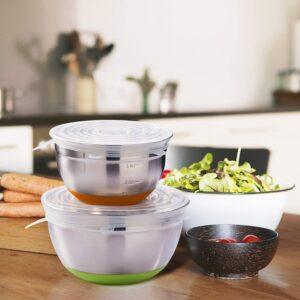 Making the Switch: A Guide to Eco-Friendly Food Storage
Making the Switch: A Guide to Eco-Friendly Food Storage
The practicality and environmental benefits of reusable beeswax wraps and silicone lids
- Making a switch from plastic wrap to reusable options like beeswax wraps or silicone lids is a practical step toward reducing waste and harmful environmental effects. Pairing these changes with the use of glass containers for leftovers and aluminum foil for food covering amplifies the positive impact on the environment.
-
Recommendations for specific products like Pyrex Glass Glasslock Containers and Bee’s Wrap:
 Bee’s Wrap Reusable Beeswax Food Wraps
Bee’s Wrap Reusable Beeswax Food Wraps
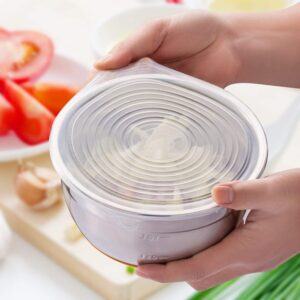 Silicone Stretch Lids
Silicone Stretch Lids
 Stainless Steel Mixing Bowls
Stainless Steel Mixing Bowls
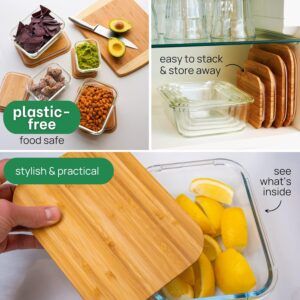 Glass Food Storage with Bamboo Lids
Glass Food Storage with Bamboo Lids
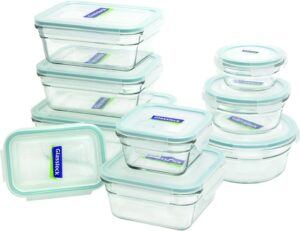 Pyrex Glass Glasslock Containers
Pyrex Glass Glasslock Containers
 Non-Stick Parchment Paper
Non-Stick Parchment Paper
 A call to action! reduce plastic waste for a healthier planet:
A call to action! reduce plastic waste for a healthier planet:
Making a switch from plastic wrap to reusable options like beeswax wraps or silicone lids is a practical step toward reducing waste and harmful environmental effects. Pairing these changes with the use of glass containers for leftovers and aluminum foil for food covering amplifies the positive impact on the environment.
There are so many great and easy alternatives to plastic wrap that it just makes sense to stop using such a wasteful and harmful product for our environment.
The reinforcement of a trusted and transparent relationship with readers
This post contains affiliate links. By clicking on these links, we may earn a small commission on applicable purchases. This is done at no extra cost to you. We are a part of the Amazon Associates program as well as other affiliate programs. For more information, please see our Privacy Policy & Disclaimers page.
Share your email with us so we can send you notification of new and interesting posts. Thanks so much.
